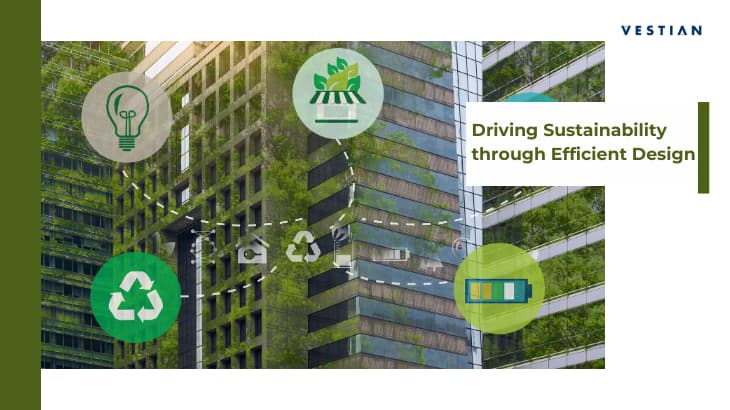It is widely recognized that the built industry is responsible for 40% of global energy-related carbon dioxide emissions. In response to this, there has been a significant drive to create sustainable properties, achieved through meticulous planning and reducing energy consumption.
Energy modelling has emerged as a vital tool in designing and operating buildings with a strong focus on sustainability. It offers a cutting-edge approach to optimize building performance, enhance energy efficiency, and minimize environmental impact.
By employing sophisticated software and advanced techniques, energy modelling enables architects, engineers, and other stakeholders to simulate and analyze a building's energy performance comprehensively and facilitates a holistic assessment of a building's environmental impact. By considering factors such as greenhouse gas emissions, water usage, and life cycle analysis, designers can make informed decisions to minimize the building's overall ecological footprint. This aligns with the modern focus on sustainability and contributes to the creation of environmentally responsible built environments.
Here are some ways it contributes to building a sustainable future:
Optimal Design Strategies: Energy modelling allows architects to assess and compare the energy performance of different design strategies. By analyzing factors such as building orientation, shading, insulation, and daylighting, professionals can identify the most effective strategies to minimize energy consumption and maximize sustainability.
Integration of Renewable Energy Sources: By simulating the performance and impact of integrating renewable energy technologies, like solar panels, wind turbines etc , architects can optimize their integration and maximize the renewable energy contribution to a building's energy needs.
Real time building control and operations: enables data-driven decision-making throughout the entire life cycle of a building. By analyzing energy consumption patterns, architects can identify areas for improvement, implement energy-efficient systems, and make informed choices regarding maintenance and retrofitting options.
Compliance with Green Building Standards: By utilizing energy modeling tools and meeting the stringent energy efficiency criteria, buildings can demonstrate their commitment to sustainability and meet the evolving standards of the industry.
Energy modelling also provides a competitive advantage for building owners, enabling the construction of structures that outperform existing ones. By prioritizing energy efficiency throughout the design and operation process, owners can demonstrate their commitment to sustainability and meet evolving market demands. Additionally, it helps project managers understand the life cycle impact of architectural, mechanical, and electrical design choices on the building's projected energy performance.
Energy modelling continues to play a vital role in optimizing energy efficiency and driving sustainability efforts in building design and operations. By embracing optimal design strategies, integrating renewable energy sources, employing performance-based decision-making, and complying with green building standards, energy modelling paves the way for energy-efficient, environmentally responsible buildings.
